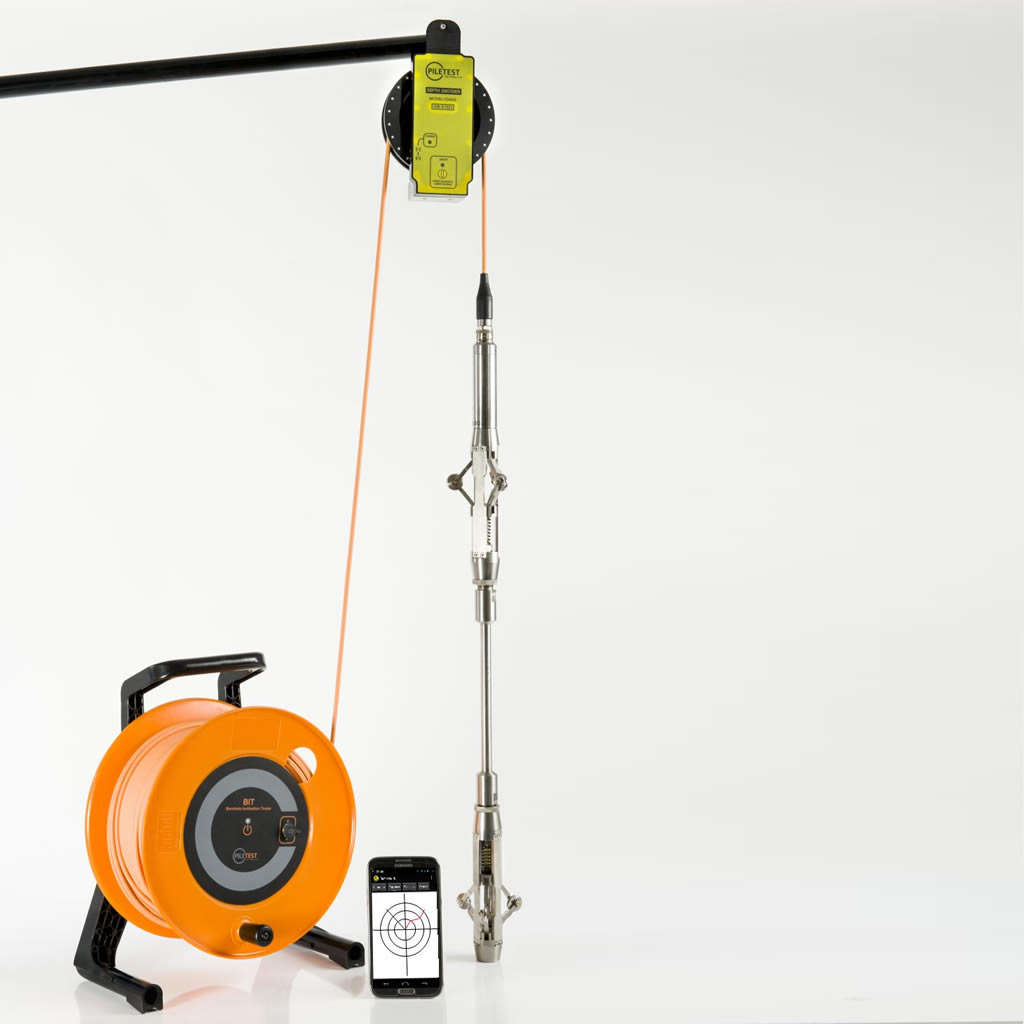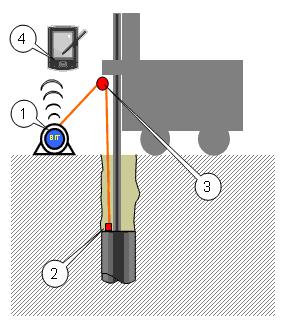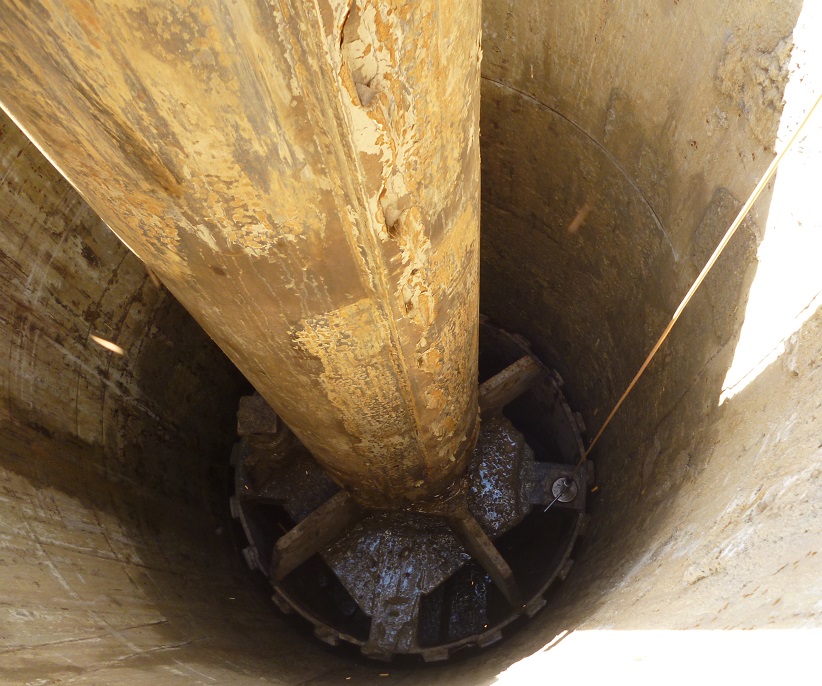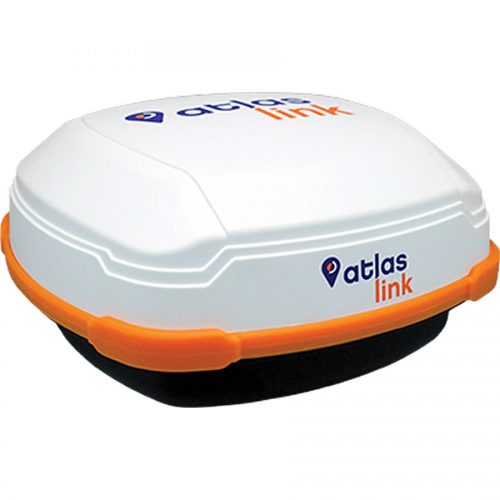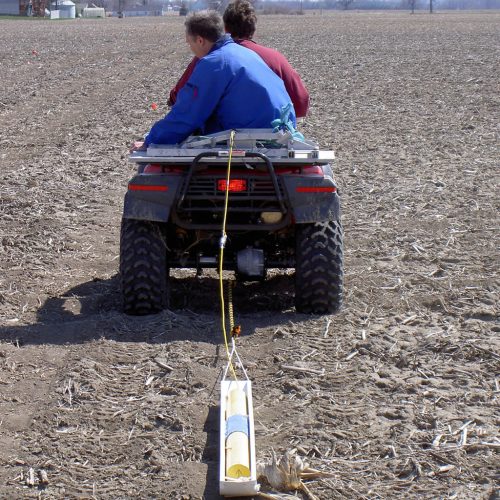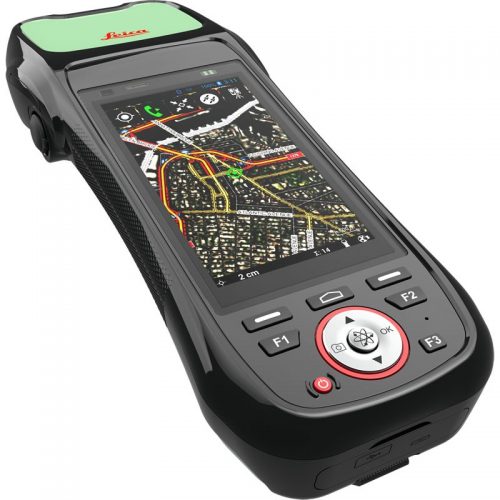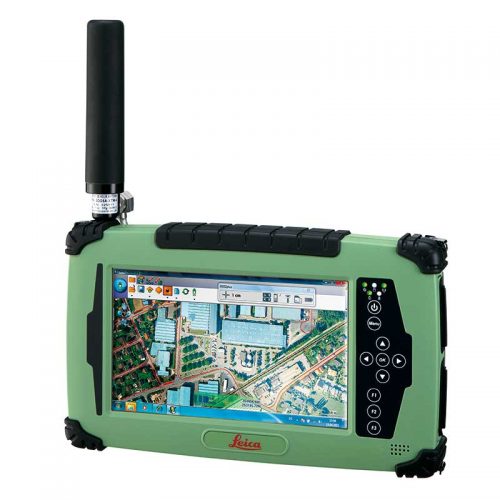Description
Background
All piling specifications prescribe the allowable deviation of the pile axis from the vertical.
- FHWA rules, for instance, limit the pile inclination to 20 mm/m, or 2%.
- The ICE (UK) specifications allow a deviation of not more than 1:75 or 1.33%.
Similarly, these documents also set down the allowable deviation of raked piles.
In diaphragm and secant walls, the specification is typically even more restrictive.
System components
- BIT Main unit, rechargeable battery operated with wireless communication channels to the depth meter (3), the mobile computer (4) and the rig operator box (5, not seen). Rugged polyurethane cable connects the main unit to the inclination sensor (2).
- Precision bi-axial inclination sensor, harsh environment and pressure proof to 300m, attached to the auger/bucket using a simple disposable metal plate.
- Precision wireless depth meter, transmitting accurate depth to the main box.
- Any Android mobile device with Bluetooth communication, (Phone/Tablet)
- Rig operator satellite box with two LEDs: GO/Stop (Optional)
Operation for boreholes
Once the borehole has been drilled to the required depth, the inclinometer is rigidly attached to the drill bit (bucket or auger) and the depth encoder hung from the rig. The bucket is then lowered (without turning) into the open hole. The descent is stopped at predetermined depths for inclination reading and the deviation calculated in real time by integrating the inclination over depth. Having reached the bottom, the procedure is repeated on the way up to the surface. The resulting error is distributed over the whole depth.
Operation for existing piles
A special centralizer is attached to the BIT sensor and lowered into a standard access tube through the depth encoder. The sensor is lowered by hand and the descent is stopped every few meters. reading stabilizes in a second or two and the process is repeated all the way down and back up to ground level. The resulting error is distributed over the whole depth.
Advantages:
- Low-cost compared to traditional caliper systems
- Quick to test (minutes per borehole)
- User friendly wizard-driven software. No training needed. (Give it a try on your phone)
- Works on any diameter


